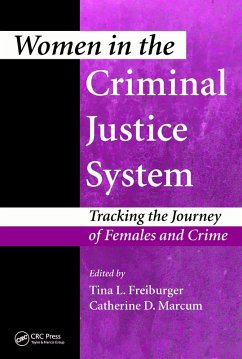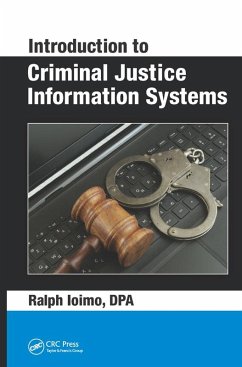
Practical Program Evaluation for Criminal Justice (eBook, PDF)

PAYBACK Punkte
31 °P sammeln!
Practical Program Evaluation for Criminal Justice shows readers how to apply the principles of fiscal responsibility, accountability, and evidence-based practice to criminal justice reform plans. Unlike other policy-based texts, which tend to focus more on implementation than assessment, this book provides applicable, step-by-step instruction on determining an initiative's necessity prior to its adoption (reducing the risk of wasting resources), as well as how to accurately gauge its effectiveness during initial roll-out stages. The book gradually introduces basic data analysis procedures and ...
Practical Program Evaluation for Criminal Justice shows readers how to apply the principles of fiscal responsibility, accountability, and evidence-based practice to criminal justice reform plans. Unlike other policy-based texts, which tend to focus more on implementation than assessment, this book provides applicable, step-by-step instruction on determining an initiative's necessity prior to its adoption (reducing the risk of wasting resources), as well as how to accurately gauge its effectiveness during initial roll-out stages. The book gradually introduces basic data analysis procedures and statistical techniques, which, once mastered, can be used to prove or disprove a program's worth. Lastly, the book introduces the types of stakeholders who should review evaluation results for quick action, as well as how to best structure reports to ensure their buy-in.
Dieser Download kann aus rechtlichen Gründen nur mit Rechnungsadresse in A, B, BG, CY, CZ, D, DK, EW, E, FIN, F, GR, HR, H, IRL, I, LT, L, LR, M, NL, PL, P, R, S, SLO, SK ausgeliefert werden.













